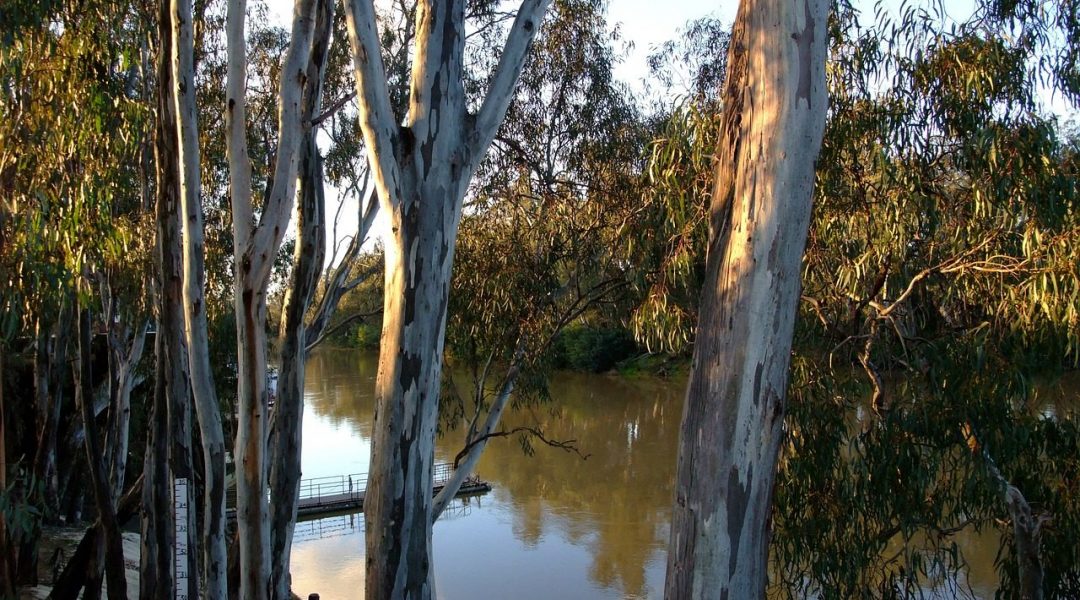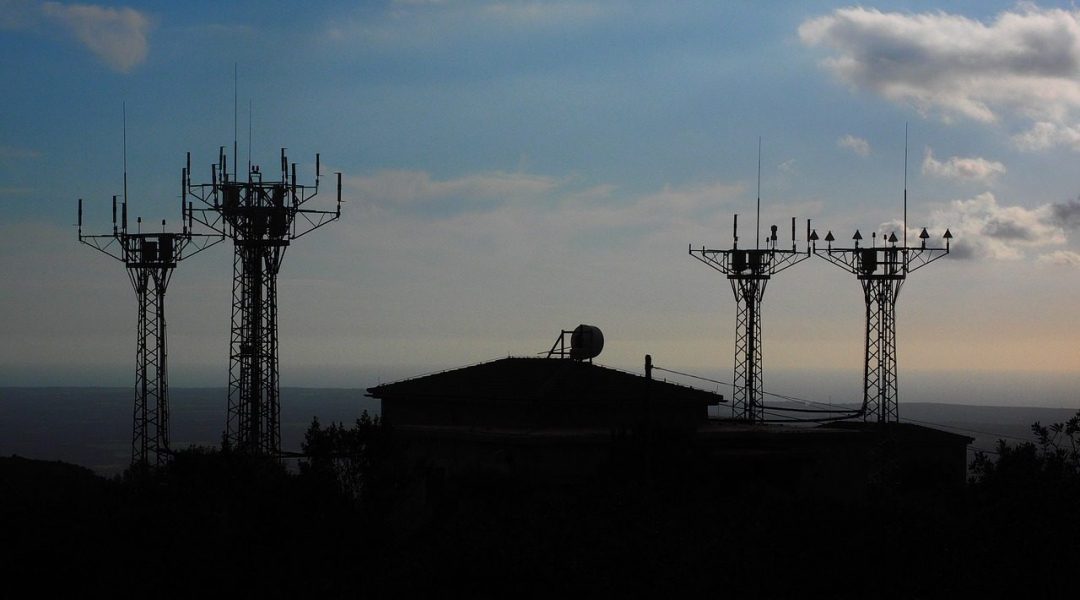Information about, and analysis of, how hydrological systems might respond to climate change is important for supporting best practice water planning decisions.


Information about, and analysis of, how hydrological systems might respond to climate change is important for supporting best practice water planning decisions.

A novel way to measure rainfall, namely using microwave links from cellular communication networks as path-average rain gauges, is discussed.
Historically, the focus has been: how much water does the environment need? Finding the “right” allocation of water between consumptive and environmental water uses is a question of allocative efficiency. However, once water is allocated to the environment, question becomes: how can we get the best outcomes from this water?

Understanding Maya society through daily water management.

Predicting and managing resources in a changing climate requires an understanding of plant-accessible subsurface water storage.
If we consider models as hypotheses about how the hydrology is working, then testing models as hypotheses is one way of doing science in the inexact sciences.
In the “golden age” of molecular microbiology, modern molecular tools enable researchers to understand freshwater microbial communities in unprecedented detail by identifying and enumerating them, as well as determining their activity in the environment.

Ecological shifts and regime changes driven by slow ecological processes can only be revealed by long-term monitoring and analysis.
Resolving these scale-dependent processes is important for predicting, preventing, or mitigating environmental changes that may influence patterns of surface water chemistry within river systems.
Historic landfills are frequently unlined with no leachate management and inadequate records of the waste they contain, which means there is a very limited understanding of the environmental risk posed if the waste erodes into estuarine or coastal waters.